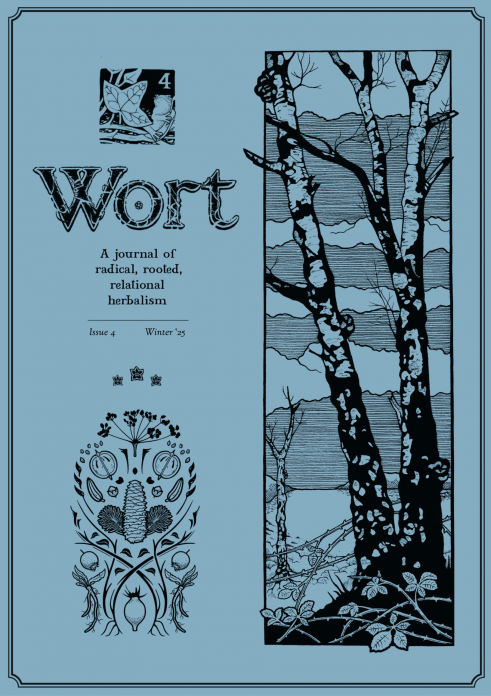Living and Dying on the Factory Floor: From the Outside In and the Inside Out
£10.50
David Ranney’s vivid memoir describes his work experiences between 1976 and 1982 in the factories of southeast Chicago and northwest Indiana.
PM Press 2019
Description
David Ranney’s vivid memoir describes his work experiences between 1976 and 1982 in the factories of southeast Chicago and northwest Indiana. The book opens with a detailed description of what it was like to live and work in one of the heaviest industrial concentrations in the world. The author takes the reader on a walk through the heart of the South Side of Chicago, observing the noise, heavy traffic, the 24-hour restaurants and bars, the rich diversity of people on the streets at all hours of the day and night, and the smell of the highly polluted air.
Factory life includes stints at a machine shop, a shortening factory, a railroad car factory, a structural steel shop, a box factory, a chemical plant, and a paper cup factory. Along the way there is a wildcat strike, an immigration raid, shop-floor actions protesting supervisor abuses, serious injuries, a failed effort to unionize, and a murder. Ranney’s emphasis is on race and class relations, working conditions, environmental issues, and broader social issues in the 1970s that impacted the shop floor.
Forty years later, the narrator returns to Chicago’s South Side to reveal what happened to the communities, buildings, and the companies that had inhabited them. Living and Dying on the Factory Floor concludes with discussions on the nature of work; racism, race, and class; the use of immigration policy for social control; and our ability to create a just society.
Praise:
“David Ranney’s is our best account of the New Left’s turn to the factory and other workplaces in the seventies. Reading in some parts like a novel, it introduces us to a remarkable cast of working-class characters, while offering a refreshingly critical look at his own experiences. We get compelling views of factory work, including the physical dangers and injuries that came with it, as well as a better understanding of a range of New Left organizing efforts. With the experience of a radical organizer and the insights of a very good social scientist, Ranney writes with particular sensitivity about race relations in the workplace.”
—James R. Barrett, author of History from the Bottom Up & the Inside Out: Ethnicity, Race, and Identity in Working-Class History
“Apart from its merits as literature—it made me laugh and weep—Dave’s account of and reflections upon his experience working in the southeast Chicago/northwest Indiana region is valuable to young activists for at least three reasons: 1) It provides information about the nature and significance of the point of production to a generation that has no more knowledge of what it was like than would a Martian. 2) It offers an example of persistence to a generation that tends to measure commitment in days or weeks rather than years or a lifetime. 3) It shows the possibility of personal transformation, both in those like Dave who set out consciously to change the world and in those he met in the course of his efforts to do so—transformation which is, after all, the whole point.”
—Noel Ignatiev, author of How the Irish Became White
“David Ranney has produced a riveting memoir of his years working industrial jobs on the southeast side of Chicago. Compellingly written and thought provoking, Living and Dying on the Factory Floor brings to life the daily realities of race, class, and gender in an urban community on the brink of joining the rust belt. Ranney pairs vivid depictions of everyday forms of social struggle with timely reflections on the political implications for contemporary readers. This book will be required reading for the next generation of radicals, particularly those hoping to understand how we arrived at the postindustrial ‘gig economy,’ and how we dismantle it and construct a truly free society.”
—Michael Staudenmaier, author of Truth and Revolution: A History of the Sojourner Truth Organization, 1969–1986
About the Author:
David Ranney is professor emeritus in the College of Urban Planning and Public Affairs at the University of Illinois Chicago. Ranney has also been a factory worker, a labor and community organizer, and an activist academic. He is the author of four books and more than a hundred journal articles, book chapters, and monographs on issues of employment, labor and community organizing, and U.S. trade policy. His two most recent books are Global Decisions, Local Collisions: Urban Life in the New World Order and New World Disorder: The Decline of U.S. Power. In addition to his writing, he gives lectures on economic policy and politics and also finds time to be an actor and director in a small community theatre.
Product Details:
Author: David Ranney
Publisher: PM Press
ISBN: 978-1-62963-639-9
Published: 04/01/2019
Format: Paperback
Size: 6×9
Page count: 160
Subjects: Memoir/Labor Studies
Additional information
| Weight | 0.187000 kg |
|---|





